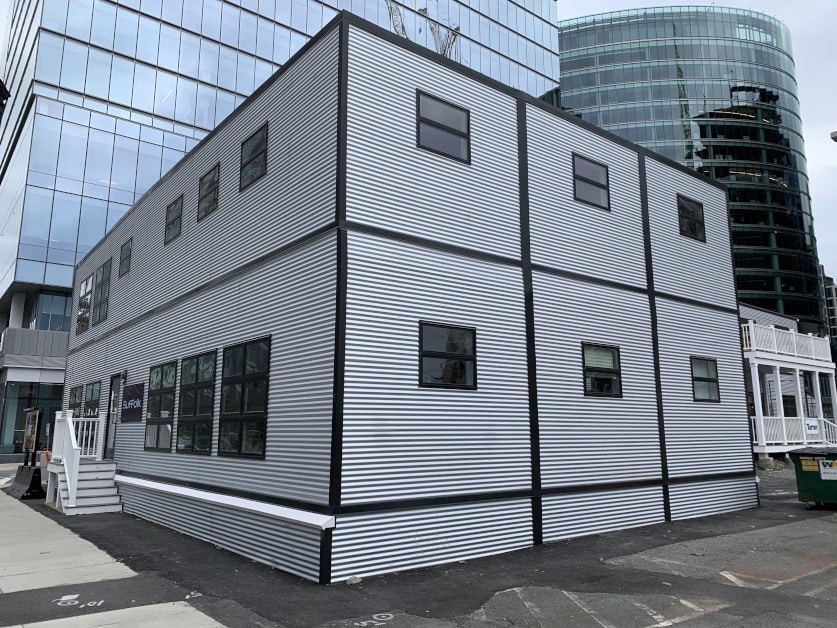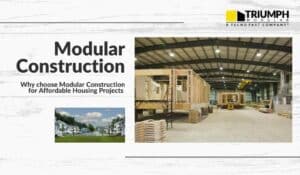When it comes to designing and building commercial space, COVID-19 has left planners in a nearly impossible situation. With so much uncertainty, how do we finalize our design plans for new building construction?
I know from speaking to developers of commercial office space and school campus planners that they have never worked harder to meet the demands of today, while also planning for tomorrow. It is not without empathy that I point out the fact that planning buildings for future change has always been very hard. The pandemic has only shined a spotlight on this fact.
How Does Resiliency in Architecture Fit In?
“Resiliency” in architecture is defined by the AIA as “an environment that can successfully adapt to natural conditions and that can more readily absorb and recover from adverse events”. Buildings need to be resilient! Moreover, new building construction and the use of commercial office buildings account for 40% of all greenhouse gas emissions. We cannot keep building and throwing buildings away. Short-term space needs to become long-term space. Space needs to shrink and grow. One day used as hospital beds, the next, a lab for researchers. Or, for offices for administration, classroom space, or manufacturing space. Changeable time and time again. Interior walls need to change, quickly and affordably. The usefulness of truly changeable space is endless. See our Silverline Premium Temporary Buildings as an example.
Modular, ready-to-go building spaces and spaces that are movable, leasable, and returnable, are a cure-all. As someone with 20 years inside the modular building industry, it’s easy for me to say, right? There is no panacea, but the fact is we are closer to changeable and adaptable buildings than most people realize. Multi-story buildings (for any use) can be disassembled, reused, and or returned to the original manufacturer. This reality has become apparent to me by examples of our recent projects. The WS Development project in the Boston Seaport gives us a vision of the future.

In the world of planning and design for sustainable practice, many are now calling this the Circular Economy.
What is Circular Economy?
A circular economy is an economic system aimed at eliminating waste and the continual use of resources. Circular systems employ reuse, sharing, repair, refurbishment, remanufacturing, and recycling to create a closed-loop system, minimizing the use of resource inputs and the creation of waste, pollution, and carbon emissions. The circular economy aims to keep products, equipment, and infrastructure in use for longer, thus improving the productivity of these resources. Waste materials and energy should become input for other processes: either a component or recovered resource for another industrial process or as regenerative resources for nature (e.g., compost). Source: Wikipedia
Changeable space and modular space have made important contributions during the current pandemic, helping deal with the emergent crisis. However, it will make larger contributions long after the pandemic is over. It is apparent and important to recognize that Modular buildings may be the first commercial buildings to contribute to the Circular Economy.
Do you have a temporary or permanent modular project you need help with? Contact us today.




